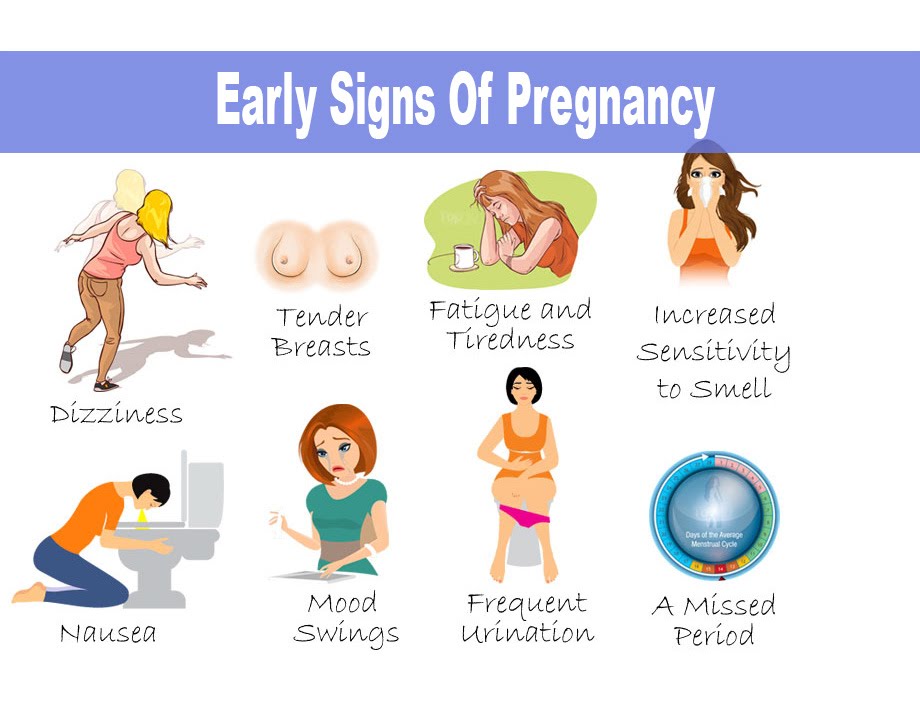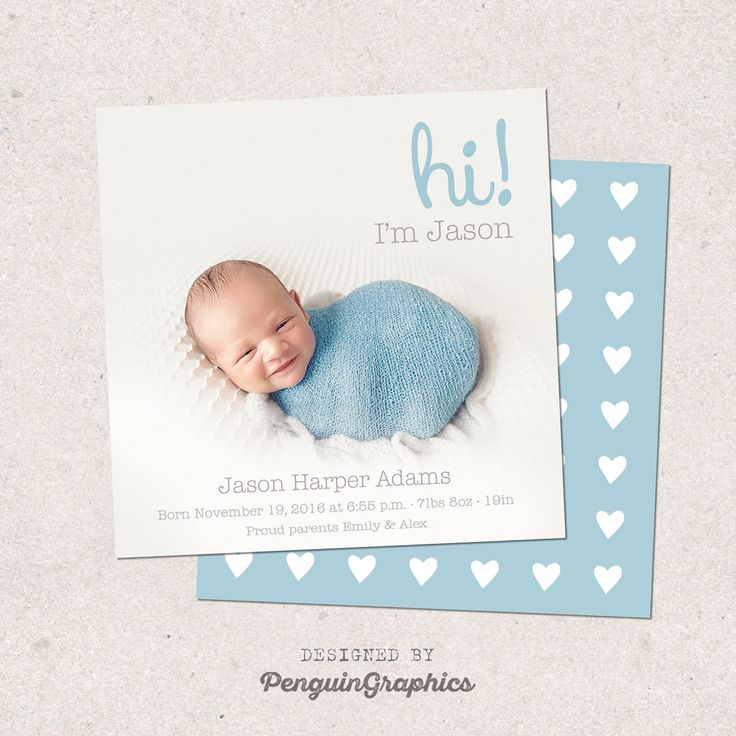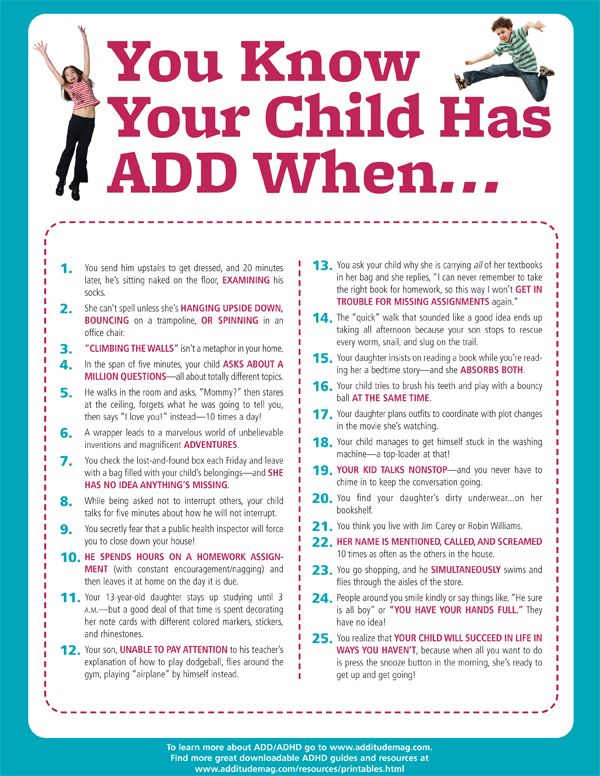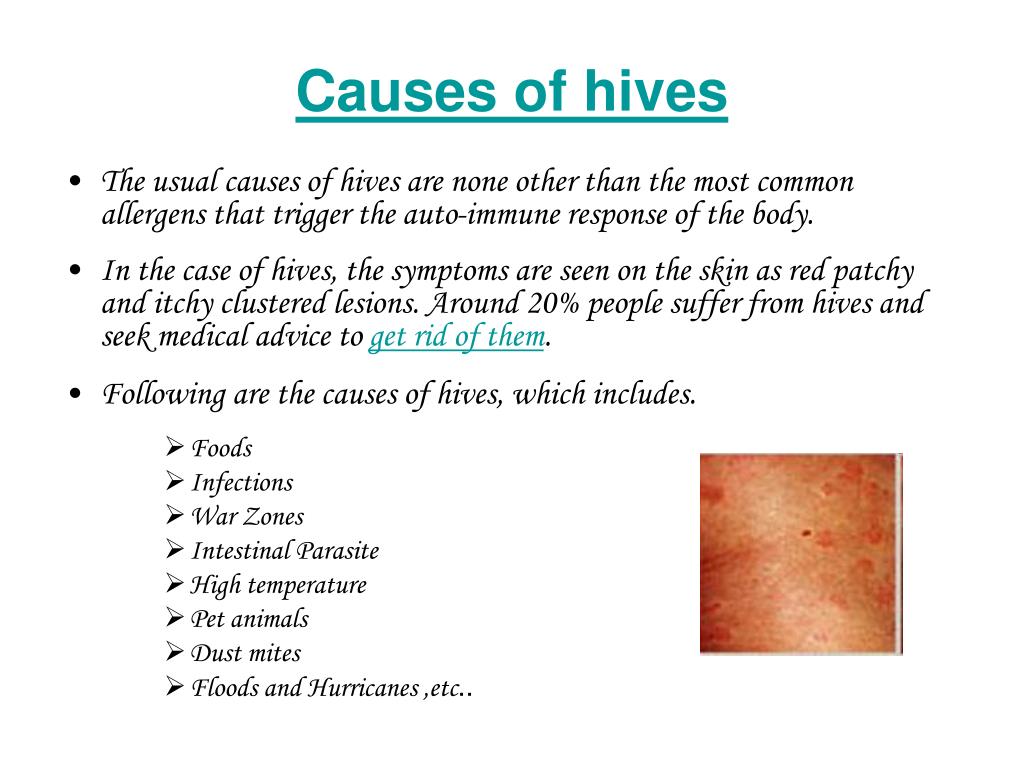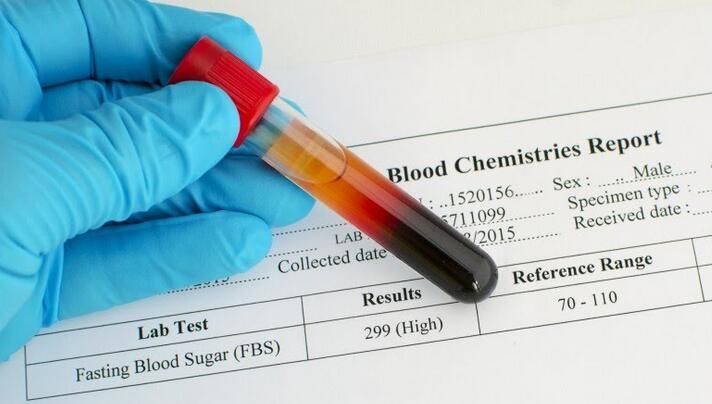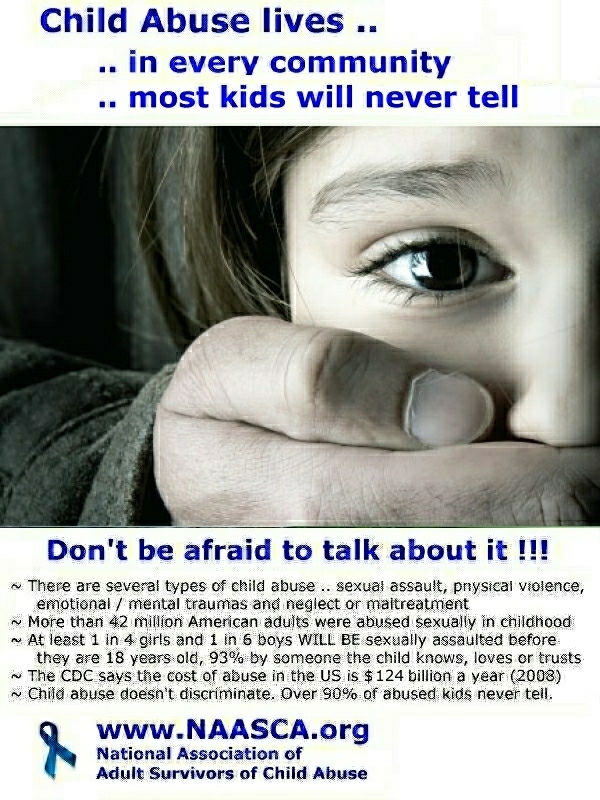Baby months chart
Baby Developmental Milestones and Chart
The first smile, the first step, the first word: Most parents remember exactly when their baby accomplished these big goals. But before baby reaches each one, you’re probably dying to know when to be on the lookout for the important baby developmental milestones, camera at the ready.
While it’s helpful to understand how baby development generally unfolds, don’t feel like you have to obsessively monitor your child’s progress against the baby milestone chart. As long as you’re keeping up with baby’s well visits, the doctor will keep track for you. “Pediatricians will ask parents questions about their child’s development at each well visit and look for certain developmental [concerns],” says Karen Fratantoni, MD, MPH, medical director of the Complex Care Program at Children’s National Health System in Washington, DC.
Also, keep in mind that every baby is unique, and there is a range for when children achieve their baby developmental milestones. To better reflect this, the Centers for Disease Control and Prevention (CDC) and American Academy of Pediatrics (AAP) adjusted their milestones guidelines in February 2022. The updates outline broader age ranges for milestone achievement, and since 75 percent of children generally fall within these ranges, developmental delays may be easier to spot, says Alexis Phillips-Walker, DO, a pediatrician at Memorial Hermann Medical Group Pediatrics in Atascocita, Texas. “These milestones enable parents to get help for their children earlier compared to the ‘watchful waiting’ approach previously associated with the older guidelines,” she explains.
The below baby milestone chart gives you an overview of what your child’s behavior may be like at each age—and when you can expect to check the big baby developmental milestones off the list. But of course, remember every child is different and will hit their picture-worthy milestones at their own pace.
In this baby milestone chart:
1 month old baby developmental milestones
2 month old baby developmental milestones
3 month old baby developmental milestones
4 month old baby developmental milestones
5 month old baby developmental milestones
6 month old baby developmental milestones
7 month old baby developmental milestones
8 month old baby developmental milestones
9 month old baby developmental milestones
10 month old baby developmental milestones
11 month old baby developmental milestones
12 month old baby developmental milestones
Baby milestones by month: FAQs
When should I be concerned about baby developmental milestones?
1 Month Old Baby Developmental Milestones
Baby’s senses are still developing—and they’ll be busy testing them out to help make sense of this strange new world.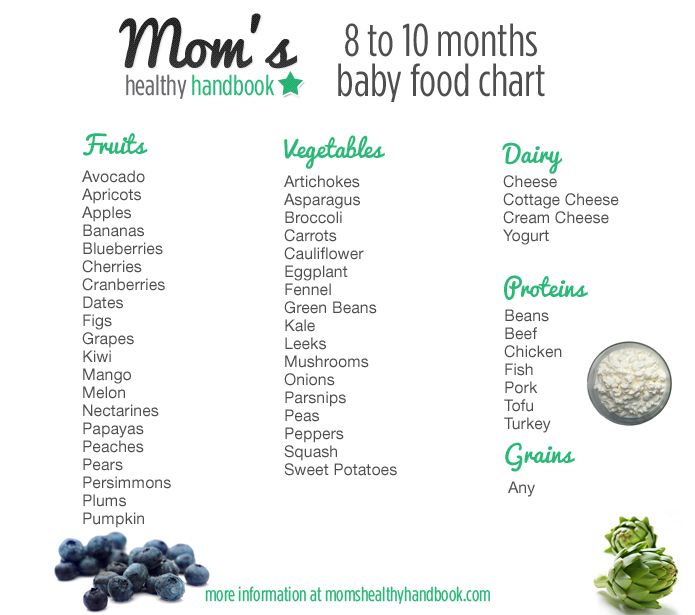
Monthly baby milestones:
- Notices faces
- Sees bold patterns, especially in black and white
- Recognizes the sound of your voice
- Brings hands within range of their eyes and mouth
See what else baby will be doing at 1 month here.
2 Month Old Baby Developmental Milestones
The CDC’s new milestone guidance starts at 2 months. Observe these 2-month baby developmental milestones closely—if baby isn’t achieving them, your pediatrician may want to explore further. “The ability to track an object is important,” says Carrie Brown, MD, a pediatrician at Arkansas Children’s Hospital in Little Rock, Arkansas, because the inability to do so may indicate a visual or brain impairment, “just like not turning their head to sounds could indicate a hearing issue.”
Monthly baby milestones:
- Starts to coo and make sounds beyond a simple cry
- Starts to smile at people
- Briefly calms themselves (may bring their hands to their mouth to self-soothe) when spoken to or picked up
- Begins to follow things with eyes and recognizes people at a distance
- Turns their head in the direction of sounds
- Makes smoother movements with their arms and legs
- Holds their head up when lying on their stomach
See what else baby will be doing at 2 months here.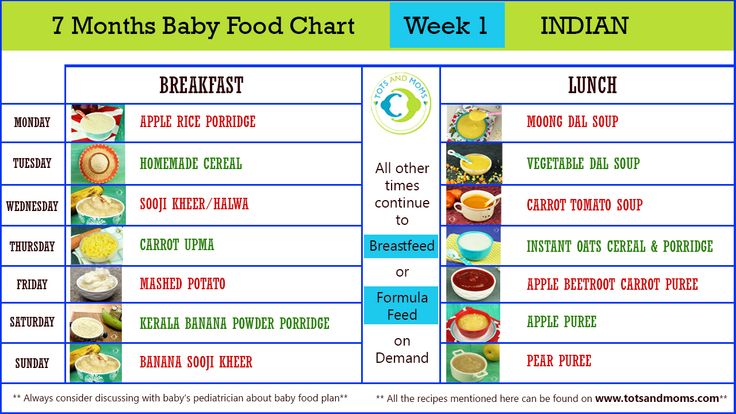
3 Month Old Baby Developmental Milestones
How time flies—baby is no longer considered a newborn! Baby’s emotional skills are developing: They may start to use different cries to tell you what they’re feeling and begin to enjoy playing with other people.
Monthly baby milestones:
- Can distinguish your face from others
- Starts to have different cries for different needs—hunger, diaper change, pain, etc.
- Opens and shuts their hands
- Swipes at dangling objects
- Follows moving objects with their eyes
- Enjoys playing with other people (and may cry when the playing stops)
See what else baby will be doing at 3 months here.
4 Month Old Baby Developmental Milestones
Baby is becoming more alert and eager to explore the world around them. At this age, you might hear baby’s adorable chuckle or watch them try to lift themselves up during tummy time.
Monthly baby milestones:
- Starts to chuckle (not quite a full laugh)
- Copies facial expressions
- Holds their head up, unsupported
- Pushes up onto their elbows when they’re lying on their tummy
See what else baby will be doing at 4 months here.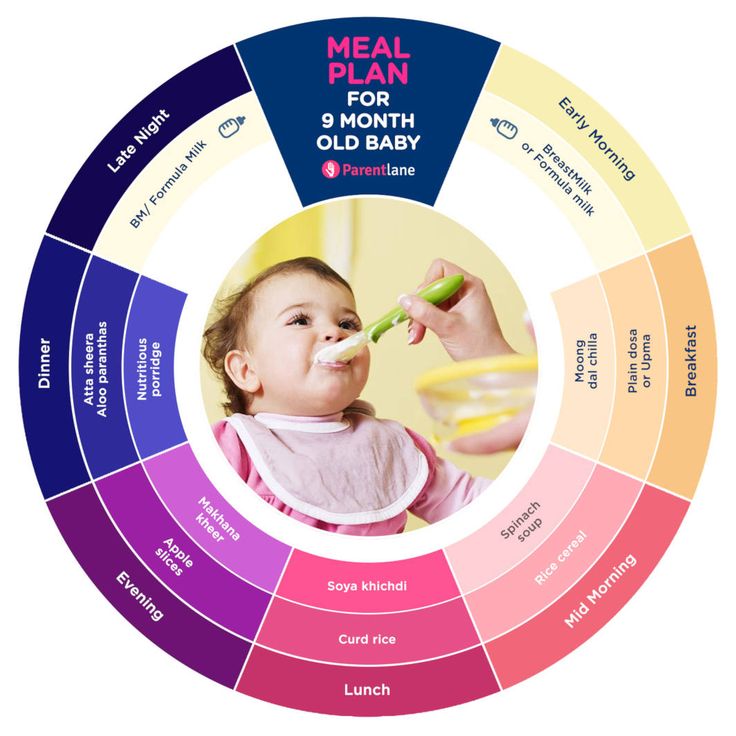
5 Month Old Baby Developmental Milestones
The skills baby is building now may seem small, but they form the foundation for bigger skills that’ll pop up later on the baby milestone chart—and may help your doctor diagnose an issue early if you notice something isn’t right. “All the milestones are a big deal because they build upon one another,” says Natasha Burgert, MD, FAAP, a pediatrician in Kansas City, Missouri, and blogger behind KC Kids Doc. “You can’t walk if you can’t pull up. You can’t speak in sentences if you don’t have simple words.”
Monthly baby milestones:
- Babbles
- Entertains themselves for short periods of time
- May start to differentiate between colors
See what else baby will be doing at 5 months here.
6 Month Old Baby Developmental Milestones
At the six-month mark, baby may be ready to start accomplishing some huge developmental milestones—like mobility! But even if they don’t start creeping (pushing themselves around on their tummy) at 6 months, there’s no reason to worry.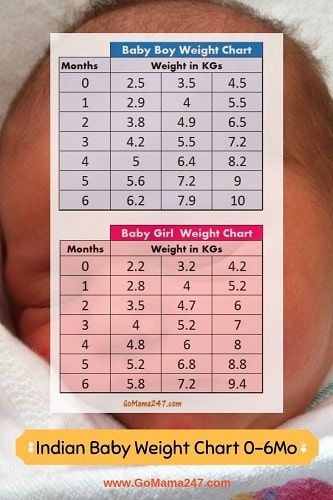 “There’s a range of time during which each skill is expected to develop, and that range can be narrow for some and wider for others,” Fratantoni says.
“There’s a range of time during which each skill is expected to develop, and that range can be narrow for some and wider for others,” Fratantoni says.
Monthly baby milestones:
- Rolls over from tummy to back (though some babies may accomplish this earlier, around 4 months)
- Explores toys by putting them in their mouth
- Reaches for toys they want
- Loves to look at themselves in a mirror
- Starts creeping along the floor
- Passes things from one hand to the other
- Starts to understand simple words
- Leans on hands for support when sitting
See what else baby will be doing at 6 months here.
7 Month Old Baby Developmental Milestones
Baby is becoming a little scientist and manipulating surrounding objects to learn more about them. That can lead to the pretty annoying habit of dropping things onto the floor, but it’s an encouraging sign of baby’s curiosity.
Monthly baby milestones:
- Enjoys dropping things on the floor
- May start to copy sounds and gestures of others
- Can process and understand a wide range of sounds
- Finds partially hidden objects
See what else baby will be doing at 7 months here.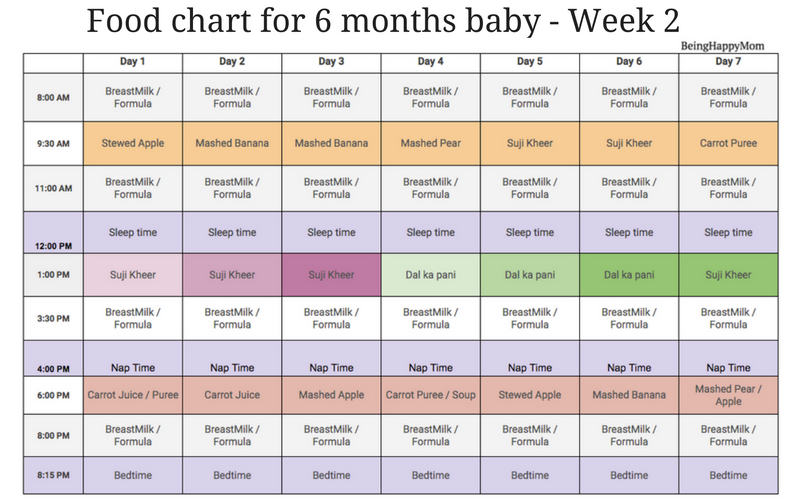
8 Month Old Baby Developmental Milestones
At this age, you might be paying particular attention to baby’s developing mobility—especially if you’re babyproofing to help keep your little explorer safe. “Parents may focus more closely on one domain of a child’s development, such as gross motor skills like crawling or walking on time, but I think it’s helpful for parents to consider all domains of a child’s development,” Fratantoni says. This is especially important because some babies never crawl at all—they skip straight to walking! In fact, the developmental milestone isn’t listed in the CDC’s new guidance for this reason.
Monthly baby milestones:
- Begins crawling
- May be able to stand while holding onto something
- May start to lean over to pick up toys
See what else baby will be doing at 8 months here.
9 Month Old Baby Developmental Milestones
Your babbling baby may start to experiment with different tones and sounds as they inch toward one of the biggest baby developmental milestones—talking.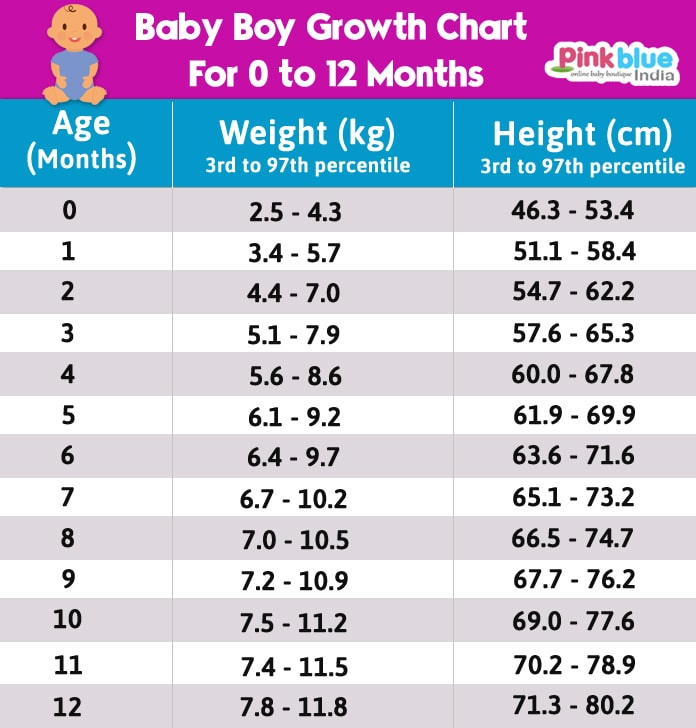 But experts say not to worry if you aren’t hearing that long-awaited “mama” or “dada” quite yet. “Not all children talk at the same time, but they should make constant forward progress,” Brown says. “Children progress from cooing to consonant sounds to simple words to two-word phrases to small sentences.”
But experts say not to worry if you aren’t hearing that long-awaited “mama” or “dada” quite yet. “Not all children talk at the same time, but they should make constant forward progress,” Brown says. “Children progress from cooing to consonant sounds to simple words to two-word phrases to small sentences.”
Monthly baby milestones:
- May be wary of strangers and clings to familiar people
- Has favorite toys
- Makes a lot of different sounds, like “mamamama” and “bababababa”
- Uses fingers to point at things and “rake” food towards themselves
- Responds to their name
- Plays simple games like peekaboo
- Gets into a sitting position without help and starts to sit unaided
- Begins to understand object permanence and looks for objects dropped out of sight
- Explores things in different ways, like shaking, banging and throwing
See what else baby will be doing at 9 months here.
10 Month Old Baby Developmental Milestones
If you’re part of a playgroup, you may start to see a wide range of abilities emerge at this age—many babies may still be crawling, but some may be already starting to cruise and a few bold souls may be nearly ready to take their first steps.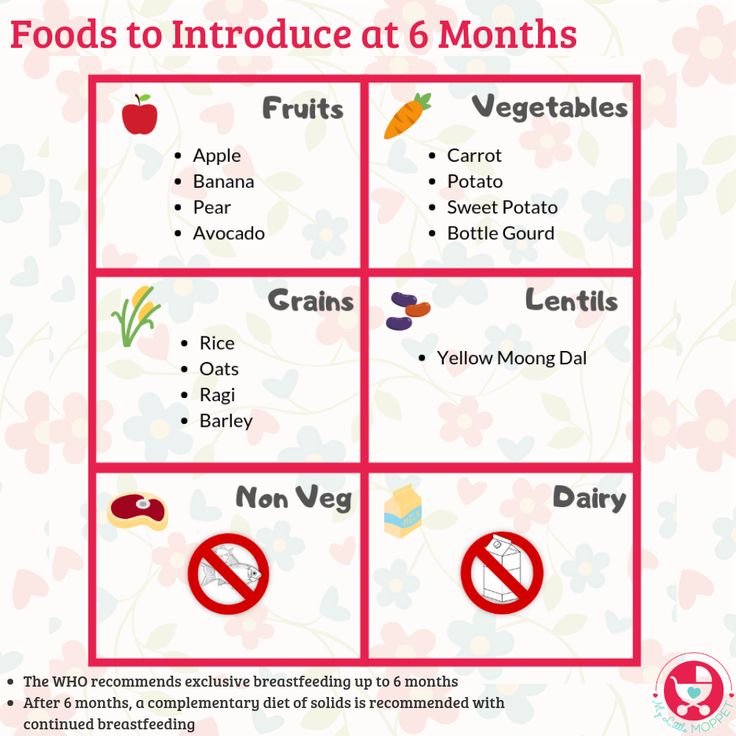 And all of them are right on track.
And all of them are right on track.
Monthly baby milestones:
- Starts to develop a pincer grasp (using the thumb and index finger)
- Begins feeding themselves finger food, thanks to better hand-eye coordination
- Develops separation anxiety
See what else baby will be doing at 10 months here.
11 Month Old Baby Developmental Milestones
Even if baby hasn’t taken their first step, don’t rush them. “A baby milestone chart is a great guide to see if your baby is working toward expected physical, verbal and social goals. The exact progression, however, can’t be rushed or pushed forward any faster than your baby’s brain allows,” Burgert says. “What’s most important is to enjoy every phase of development as it’s occurring. When you crave fast progress, you can miss the magic of the moment.”
Monthly baby milestones:
- Crawls up the stairs (while supervised)
- Makes sounds with changes in tone (sounds more like speech)
See what else baby will be doing at 11 months here.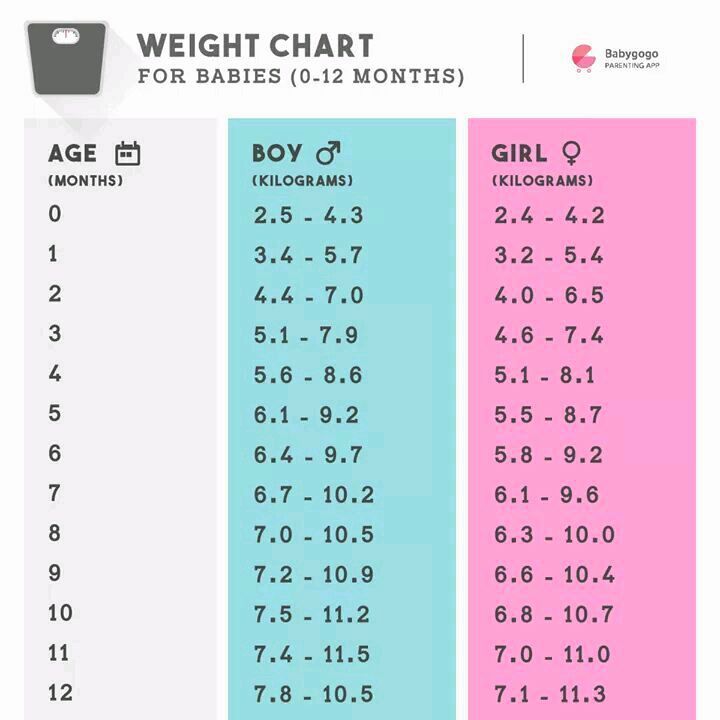
12 Month Old Baby Developmental Milestones
Congratulations! Baby has officially graduated to toddler status. You can look back on all the amazing things on the baby milestone chart that your child has mastered over the past 12 months—it’s quite a lot!
Monthly baby milestones:
- Uses basic gestures, like shaking their head “no” or waving “bye-bye”
- Begins to respond to “no”
- Says “mama” and “dada” and exclamations like “uh-oh!”
- Starts to use things correctly; for example, drinks from a cup or brushes their hair
- Can pick things up (like small bits of food) between thumb and forefinger
- Pulls up to stand and may be able to stand alone
- Starts cruising (shuffling along while holding onto furniture)
See what else baby will be doing at 12 months here.
Baby Milestones by Month: FAQs
It’s exciting to know what skills baby will gain month over month, but there are some major baby developmental milestones that all parents are eagerly anticipating—they just might not know exactly when they’ll happen.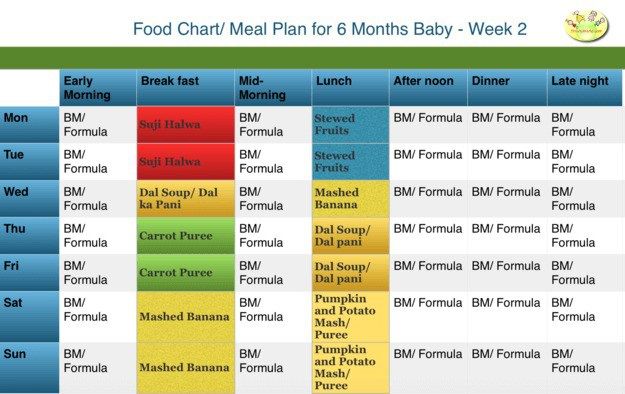 Curious when baby will hit specific milestones? Take a peek at the “cheat sheet” below.
Curious when baby will hit specific milestones? Take a peek at the “cheat sheet” below.
When do babies smile?
While you might see a “reflexive” smile from baby in the early weeks, babies typically don’t learn how to consciously smile until 2 or 3 months of age. By this time, babies start to socially smile in response to their surroundings. Be sure to have your camera ready!
When do babies start laughing?
Babies usually learn to chuckle around month 3 or 4 and fully laugh around month 6. If you’re eagerly waiting to hear baby’s giggle, these are the months to start listening for it.
When do babies start rolling over?
Babies typically begin rolling over around the 4-month mark. At this time, baby is getting stronger and will likely practice pushing their chest off the ground and rocking side to side, eventually making a complete roll from their belly to their back. By 6 months, babies have usually mastered rolling from their backs to their bellies and vice versa.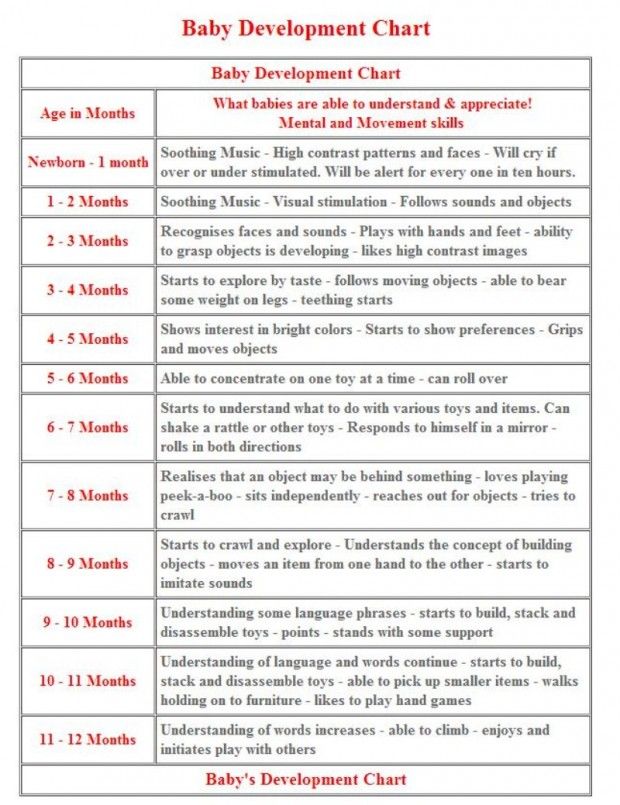
When do babies start crawling?
While the new CDC guidelines do not include age ranges for crawling, some babies achieve this developmental milestone as early as 6 or 7 months old, while others wait until closer to 10 months. Keep in mind, though, that some babies skip crawling altogether and go straight to walking.
When can babies see in full color?
At birth, baby will only see shades of black, white and grey. As their eyes begin to develop, they’ll slowly begin to differentiate between hues. By 7 months, baby should be able to see the full spectrum of colors.
When do babies start talking?
Babies will usually begin babbling around 6 months and will slowly progress to forming words. By 12 months, many babies will begin saying their first words like “mama” or “dada.” However, some babies prefer to take their time when it comes to speaking, so be patient.
When do babies start walking?
Babies can begin experimenting with walking as early as 9 months.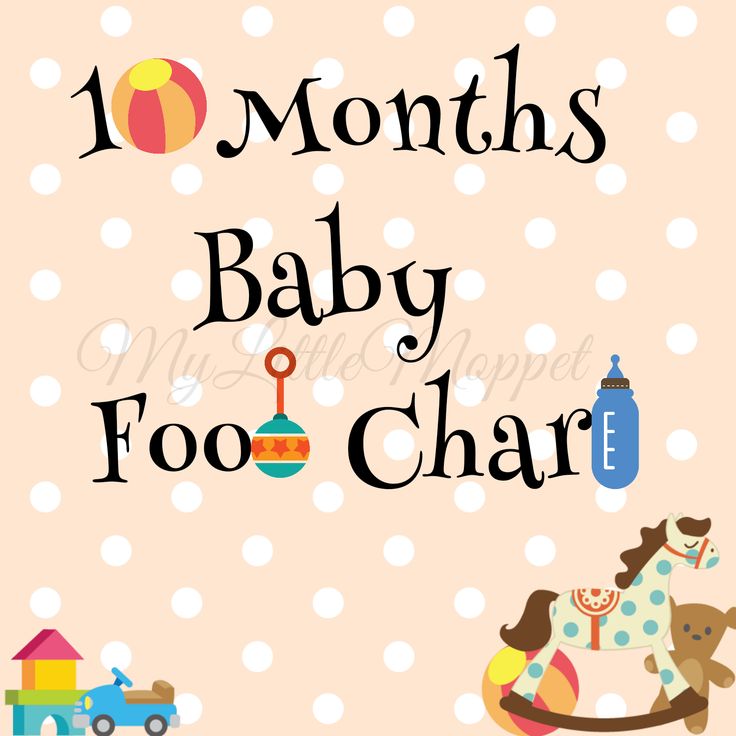 However, it’s not uncommon for some babies to wait until the one-year mark—or as late as 18 months—to take those first steps.
However, it’s not uncommon for some babies to wait until the one-year mark—or as late as 18 months—to take those first steps.
When Should I Be Concerned About Baby Developmental Milestones?
While it’s important to keep an eye on these markers, the ages at which babies will meet them are not set in stone. Every child progresses at their own speed, and doctors say not to be overly concerned if your little one isn’t hitting the developmental milestones exactly when the baby milestone chart says they should. “Children develop along a spectrum, and not all children do things at the same time or according to any baby milestone chart that parents may have,” Brown says. Your little one might be quick to start crawling but slower when it comes to walking. Or they may not speak for months, only to wake up one day talking up a storm.
That said, if you are at all concerned about baby’s development, don’t hesitate to bring it up with your child’s pediatrician, as there is a lot of value in early intervention.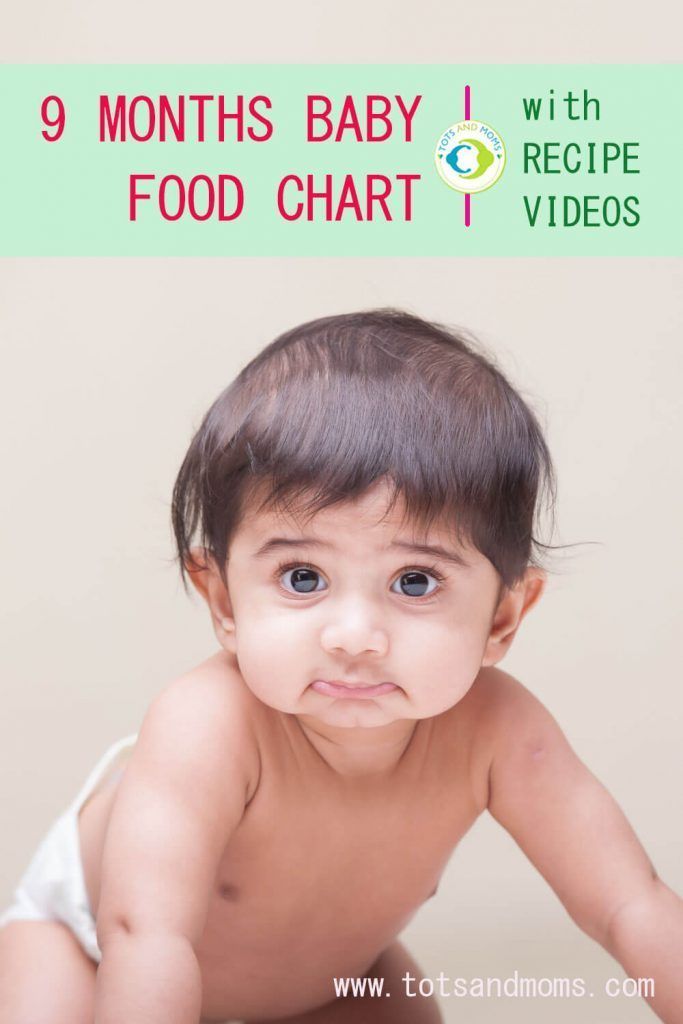 “The biggest reason for concern is if you feel your child isn’t moving forward and making progress toward new skills,” Brown says. “Then you should talk to your doctor and see if they share your concerns.” They’ll complete an assessment and, if necessary, recommend next steps.
“The biggest reason for concern is if you feel your child isn’t moving forward and making progress toward new skills,” Brown says. “Then you should talk to your doctor and see if they share your concerns.” They’ll complete an assessment and, if necessary, recommend next steps.
About the experts:
Karen Fratantoni, MD, MPH, is the medical director of the Complex Care Program at Children’s National Health System in Washington, DC. She earned her medical degree from Eastern Virginia Medical school in 1996.
Natasha Burgert, MD, FAAP, is a pediatrician at Pediatric Associates in South Overland Park, Kansas, and the blogger behind KC Kids Doc. She earned her medical degree from University of Nebraska Medical Center in Omaha, Nebraska.
Alexis Phillips-Walker, DO, is a pediatrician with Memorial Hermann Medical Group Pediatrics Atascocita in Atascocita, Texas. She earned her medical degree at Ohio University College of Osteopathic Medicine in Athens.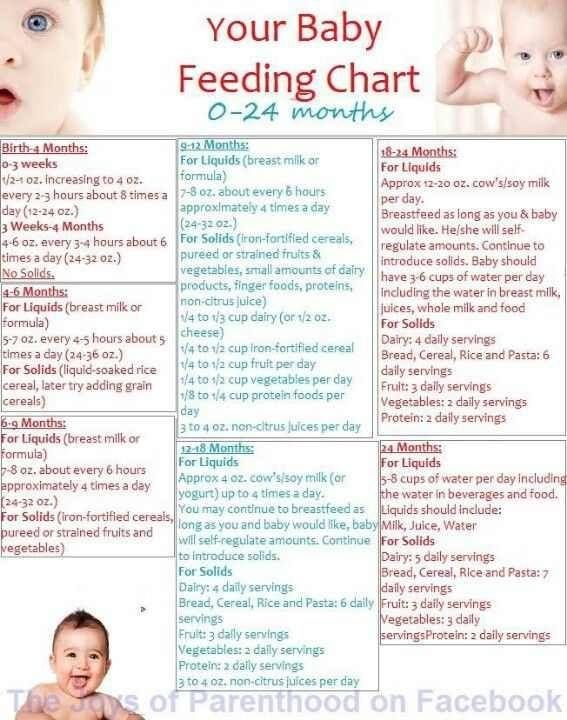
Please note: The Bump and the materials and information it contains are not intended to, and do not constitute, medical or other health advice or diagnosis and should not be used as such. You should always consult with a qualified physician or health professional about your specific circumstances.
The First 24 Months| Pampers
Children come in all shapes and sizes, and all babies grow at their own pace. At your child’s regular health checkups, your little one’s healthcare provider will plot certain measurements on a baby growth chart to make sure they’re on the right track. The chart might look daunting, but your provider can help you understand this useful tool and what the results mean for your child. To make it easier, we'll show you how to read a baby growth chart and interpret the results.
What Are Baby Growth Charts?
Baby growth charts are important tools healthcare providers use to check your little one’s overall health. The charts assess how your baby is growing compared with other children of the same age and gender, and to see how your child is developing over time. Growth standards used for babies under 24 months old are based on the following:
The charts assess how your baby is growing compared with other children of the same age and gender, and to see how your child is developing over time. Growth standards used for babies under 24 months old are based on the following:
Head circumference. This is the distance around the largest part of the head and indicates how your baby’s brain is growing.
Weight-for-length. This measures your baby’s weight along with their length (height).
Weight-for-age. This measurement tracks your baby’s weight at a particular age.
Length-for-age. This measures your baby’s length (height) at a particular age.
Your child’s healthcare provider will use different growth charts for baby boys and girls, and different charts for babies younger than 24 months and for those 2 years and older.
It's helpful to know that these charts offer information that your provider can assess in the context of other baby developmental milestones and genetic factors. You can find and download the charts below.
You can find and download the charts below.
Baby Boys Growth Chart: Birth to 24 Months
Boys weight-for-length and head circumference-for-age
Boys length-for-age and weight-for-age
Baby Girls Growth Chart: Birth to 24 Months
Girls weight-for-length and head circumference-for-age
Girls length-for-age and weight-for-age
When and How Is Your Baby Measured?
You probably chose your child’s healthcare provider while pregnant, and your baby’s initial office visit will be within a few days of their birth or shortly after you leave the hospital. Starting with this first appointment, checking your baby’s growth will become a routine part of each visit, whether your little one is 1 month or 1 year.
Initially, your baby's checkups will take place every few weeks, and then every few months until your baby turns 1.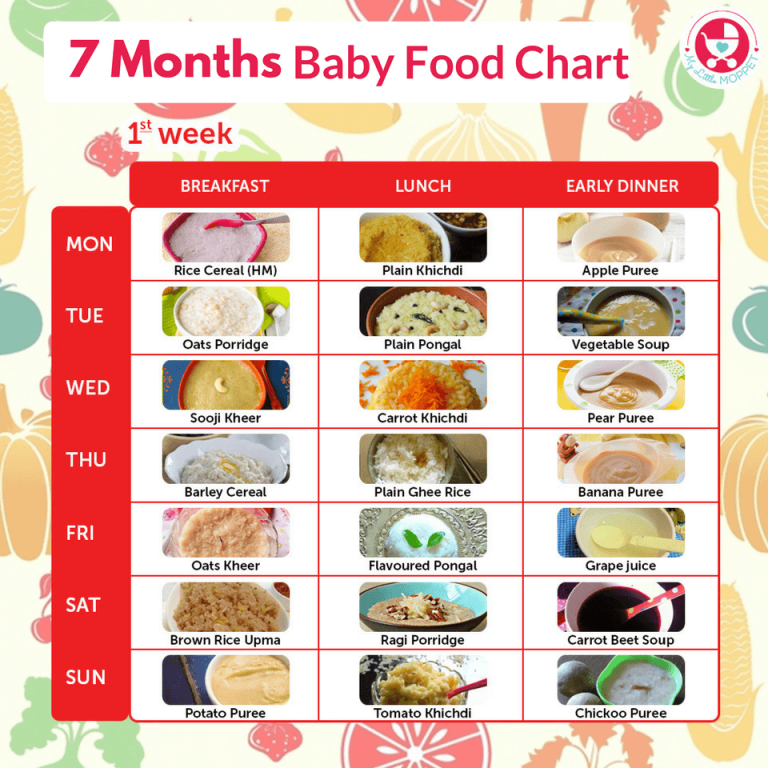 Your provider will let you know if you need to visit more often and when to schedule future appointments. Don’t hesitate to ask any questions you might have about your baby’s health and development—your child’s healthcare provider is your partner and can reassure you that you’re doing a great job and help you resolve any issues that pop up!
Here’s how babies are usually weighed and measured:
Your provider will let you know if you need to visit more often and when to schedule future appointments. Don’t hesitate to ask any questions you might have about your baby’s health and development—your child’s healthcare provider is your partner and can reassure you that you’re doing a great job and help you resolve any issues that pop up!
Here’s how babies are usually weighed and measured:
Head circumference: The healthcare provider will wrap a soft tape measure around the widest part of your baby’s head, from above the eyebrows, passing above the ears, to the back of the head.
Length: Measuring the length (a.k.a. height) of a wriggly baby may be tricky, but your provider is an expert at this! As your little one lies on a flat table, the provider will gently stretch out your baby’s legs to get an accurate measurement from the top of their head to the soles of their feet.
Weight: With your baby undressed, your child’s provider will likely use a baby scale to get the most accurate reading.
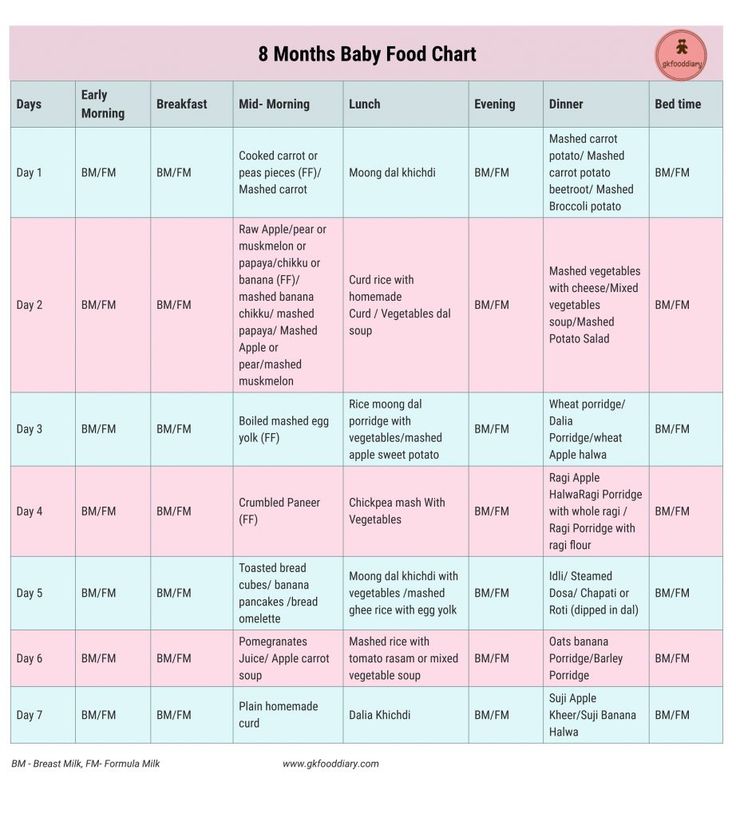
You might be wondering what else to expect at some of your baby’s regular health checkups. The following links will help you prepare for each individual visit, from month 1 to year 2, and provide information about upcoming immunizations:
You can also use our baby growth chart tool to help you better understand your little one’s development!
How to Read a Baby Growth Chart
Once you have your measurements, you might look at a baby growth chart and wonder how you are supposed to make sense of it. Your baby’s healthcare provider can help you understand your child’s results and plot them on the chart at the health checkup, but in the meantime here’s a quick guide on how to read these charts. Remember, it’s important to use the baby boy growth charts if you have a boy and the baby girl growth charts if you have a girl.
Head Circumference Percentile
Although these charts look like something only Einstein could figure out, they’re actually fairly simple to read once you get the hang of it.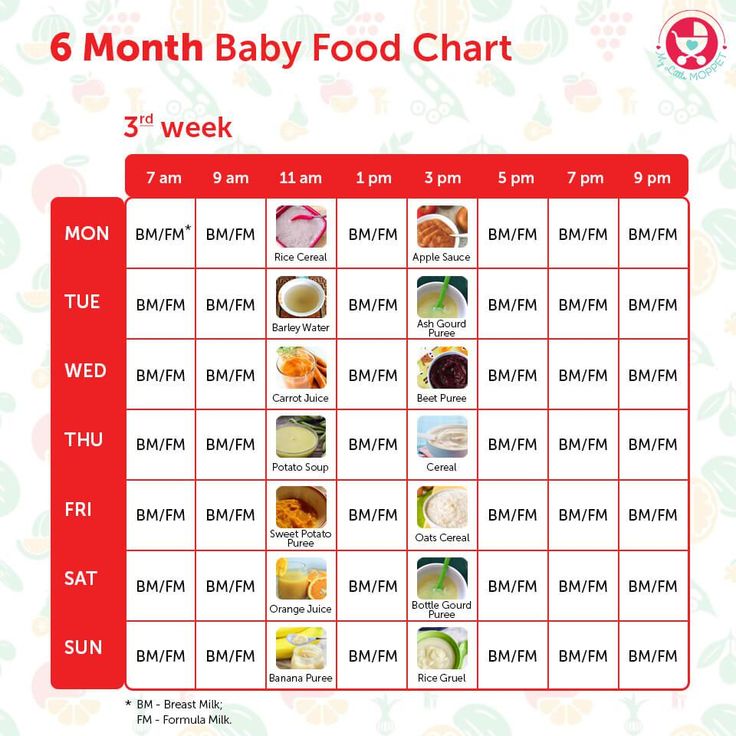 To find your baby’s head circumference percentile in the growth chart linked above, following these steps:
To find your baby’s head circumference percentile in the growth chart linked above, following these steps:
Find your baby’s age in months at the top of the chart. Only some months are numbered, but each month is represented by a vertical line.
Find your baby’s head circumference measurement on the left side (measurements are provided in both inches and centimeters).
Follow these horizontal and vertical lines until they intersect. In most cases, they will intersect on a curved line.
Follow the curved line to the right until it ends, and here you’ll see a number on a white background. This number indicates your baby’s head circumference percentile on the growth chart.
Weight-for-Length Percentile
Now that you’ve found your baby’s head circumference percentile on the growth chart, it will be easier to do the same for their weight. Follow the steps below:
Find your child’s length in inches or centimeters at the bottom of the grid.
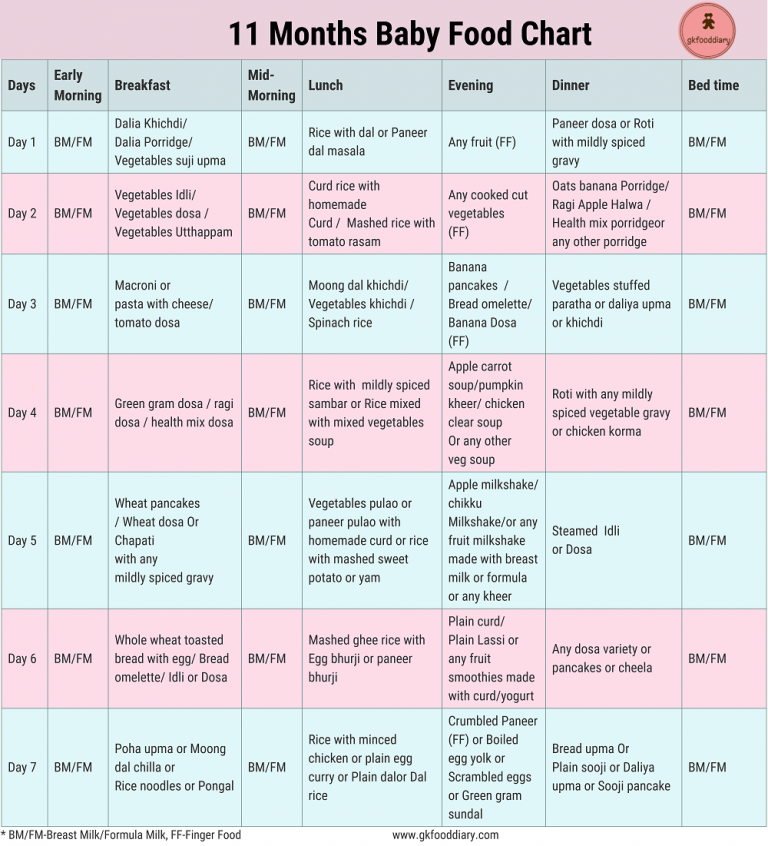
Find your child’s weight (in pounds or kilograms) on the left side of the grid.
Follow the horizontal and vertical lines of these two measurements until they intersect on the growth curve.
Follow the curved line until the end to find your baby’s weight-for-length percentile on the growth chart.
Length-for-Age Percentile
To determine your baby’s length-for-age (height) percentile on the growth chart, follow the steps below:
Find your baby’s length (in inches or centimeters) on the left side of the grid.
Find your child’s age in months at the bottom of the chart.
Track these horizontal and vertical lines until they intersect on the growth curve.
Follow that curve until the end, where the percentiles are written on a white, shaded background.
Weight-for-Age Percentile
Lastly, use the baby growth chart to track your little one’s percentile for weight using the following steps:
Find your baby’s weight (pounds or kilograms) on the right side of the grid.
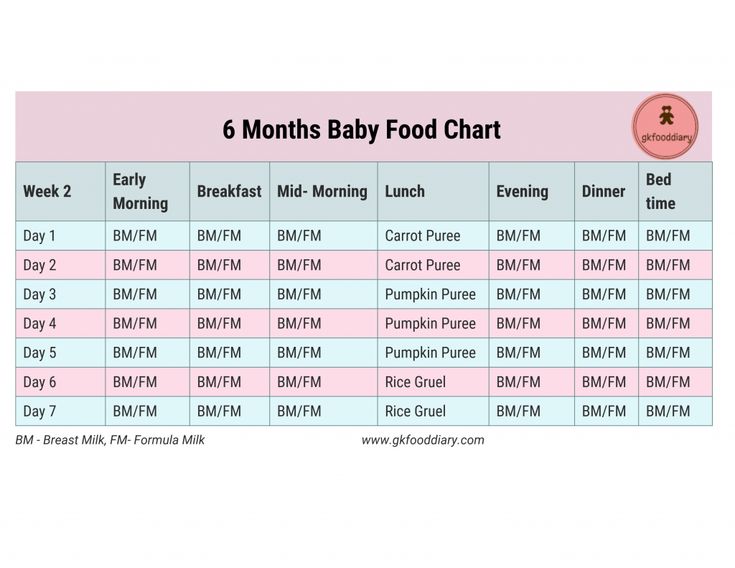
Find your child’s age in months at the top of the chart.
Follow these horizontal and vertical lines until they intersect on the curved line.
Follow that curved line until the end, where the percentiles are written on a white, shaded background.
How to Interpret Baby Growth Chart Percentiles
Your child’s healthcare provider is the best person to explain these results to you. Remember, the charts show the typical growth patterns for baby boys and girls, and there is a wide range of healthy results. There’s no ideal result when viewed individually, but, ideally, your child would follow along the same growth pattern (the curved line) over time. As a result, their height and weight would grow in proportion to one another.
What Are the Percentiles?
But, this one point doesn't show the complete picture. Your child’s provider will assess several values over time to determine the trend of how your baby is growing compared to the average growth curve on the chart.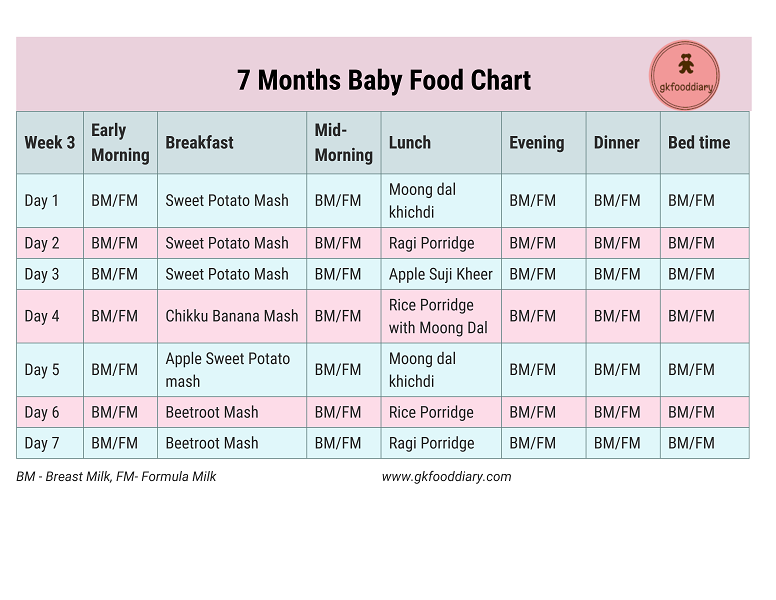 Try not to become too focused on a single number. There is a wide range of healthy sizes and lengths, and many factors influence your child’s growth, including genetics, environmental factors, nutrition, activity levels, and health conditions.
Another thing to consider is when babies have growth spurts, which can vary from child to child. For example, breastfed and formula-fed babies grow in slightly different patterns. Breastfed babies typically put on weight more slowly than formula-fed babies, and formula-fed infants typically go through a growth spurt and gain weight more quickly after 3 months of age.
Try not to become too focused on a single number. There is a wide range of healthy sizes and lengths, and many factors influence your child’s growth, including genetics, environmental factors, nutrition, activity levels, and health conditions.
Another thing to consider is when babies have growth spurts, which can vary from child to child. For example, breastfed and formula-fed babies grow in slightly different patterns. Breastfed babies typically put on weight more slowly than formula-fed babies, and formula-fed infants typically go through a growth spurt and gain weight more quickly after 3 months of age.
With all these different factors at play, it’s important to assess these percentiles over time and with your child’s provider.
What Happens if My Baby’s Growth Pattern Changes?
A different growth pattern doesn’t always indicate a problem. Your child may simply be experiencing a growth spurt, which is partly why it’s so important to look at these percentiles over time.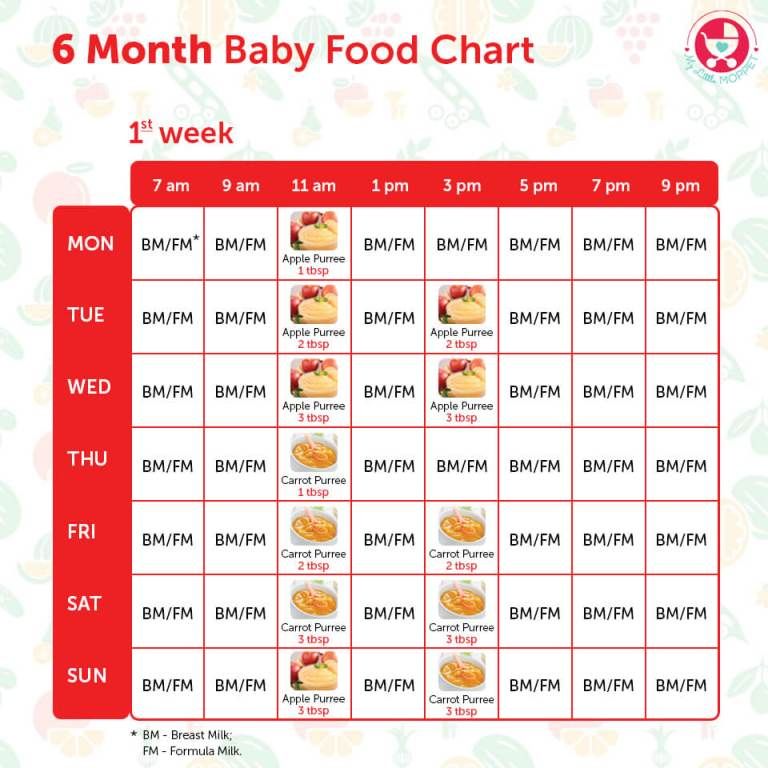 However, your child’s healthcare provider will also investigate a growth pattern change to rule out any issues. Typically, a healthy, well-nourished baby grows at a fairly predictable rate. Any change in this rate can help your baby’s provider detect and address any feeding, developmental, or medical issues.
However, your child’s healthcare provider will also investigate a growth pattern change to rule out any issues. Typically, a healthy, well-nourished baby grows at a fairly predictable rate. Any change in this rate can help your baby’s provider detect and address any feeding, developmental, or medical issues.
What Happens if My Baby Is Above or Below the Average?
Most children fall between the 3rd and 97th percentiles on baby growth charts for head circumference, weight, and length (height). But if your child does not, know that there are many factors at play, and that your child’s provider will consider other developmental milestones and family genetics.
Baby growth chart percentiles aren’t like an algebra exam. Just because your little one is in the 50th percentile doesn’t mean there’s a problem! In fact, that figure means your baby is right in the middle of the average. What’s more important is how your child grows over time. Plus, some families might have fast-growing babies, while others have slow and steady gainers.
Regardless of what you see on your baby’s growth chart, try not to worry, and keep these individual differences in mind as you follow your child's development. If the healthcare provider determines that your baby is overweight, underweight, growing too fast, or growing too slowly, trust that your little one is in good care, and follow the provider’s recommendations.
Plus, some families might have fast-growing babies, while others have slow and steady gainers.
Regardless of what you see on your baby’s growth chart, try not to worry, and keep these individual differences in mind as you follow your child's development. If the healthcare provider determines that your baby is overweight, underweight, growing too fast, or growing too slowly, trust that your little one is in good care, and follow the provider’s recommendations.
The Bottom Line
Baby growth charts, whether for boys or girls, can be confusing at first glance. In the end, it’s always best to look at your baby’s growth chart percentiles together with their healthcare provider over time, and to avoid comparing your child to others.
Instead, focus on all of the growing your little one is doing! And, if your baby’s healthcare provider says they’re on the right track, you can take pride in your little one’s progress regardless of the value on the chart.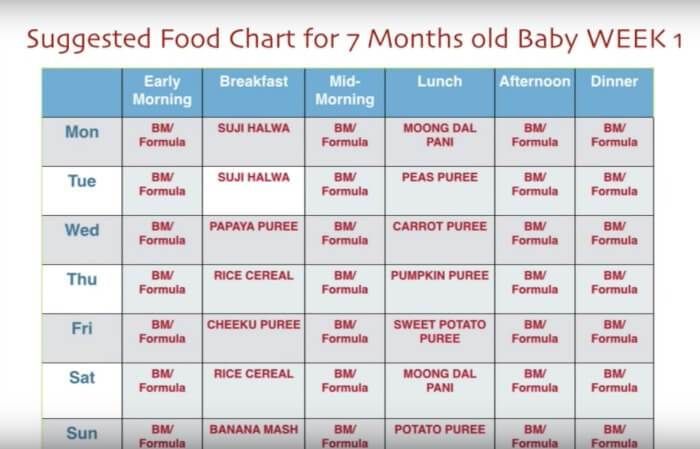 In fact, you’ll probably be delighted (and maybe even a little surprised) when you see how big your baby is now compared to the day they were born.
Your little one is a moving, grooving, and growing machine, and there’s so much to look forward to, such as watching them start to crawl and walk, hearing those first laughs, and helping them develop those fine motor skills.
As your baby hits milestone after milestone, reward yourself for all your hard work by earning rewards with our Pampers Club App.
In fact, you’ll probably be delighted (and maybe even a little surprised) when you see how big your baby is now compared to the day they were born.
Your little one is a moving, grooving, and growing machine, and there’s so much to look forward to, such as watching them start to crawl and walk, hearing those first laughs, and helping them develop those fine motor skills.
As your baby hits milestone after milestone, reward yourself for all your hard work by earning rewards with our Pampers Club App.
Daily routine for a child under 1 year old
Daily routine is a system for distributing periods of sleep and wakefulness, meals, hygiene and health procedures, activities and independent human activities throughout the day.
Compliance with a rational daily routine corresponding to the age characteristics of the child contributes to his healthy growth and development. Getting used to performing various types of activities at the same time, the child is prepared for the upcoming type of activity at every moment of time, which ensures their easier and faster implementation.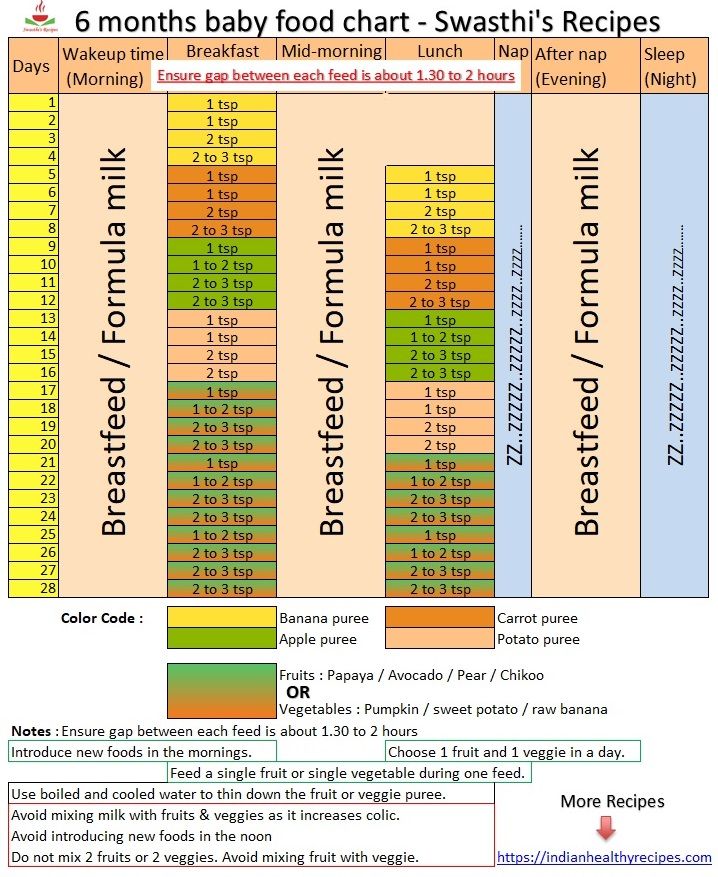 Compliance with the correct daily routine provides a good mood for the child and maintains a keen interest in the study of the world around him, contributing to his normal motor and psychoverbal development. nine0003
Compliance with the correct daily routine provides a good mood for the child and maintains a keen interest in the study of the world around him, contributing to his normal motor and psychoverbal development. nine0003
The child's daily routine includes the following obligatory elements: diet, time spent outdoors during the day, frequency and duration of sleep, mandatory classes to develop skills in accordance with age, free time.
In the first months after birth, a healthy newborn baby sleeps for most of the day, since all external stimuli are very strong for the nervous system of a child, accustomed to a cozy intrauterine environment, and cause its rapid exhaustion. As the child grows older, the duration of sleep gradually decreases and the time of wakefulness increases. nine0003
| Age | Daytime sleep mode | Night sleep | Wake mode |
| From birth to 2 months | 6 x 2.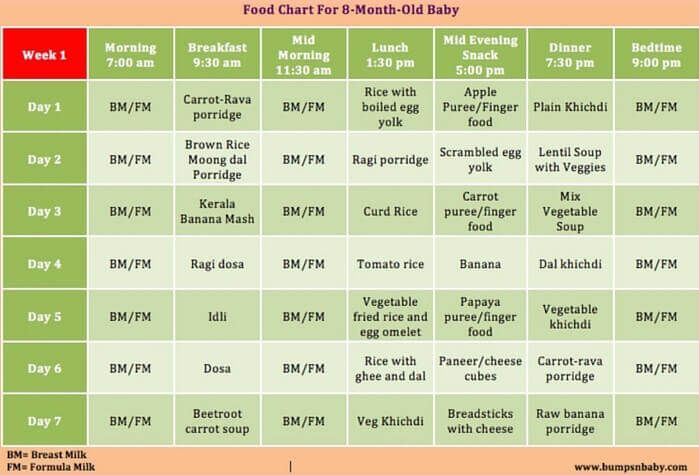 5 hours 5 hours | 6 hours | During feeding |
| 2-4 months | 5 times 2-2.5 hours | 6.5 hours | 4 x 1.5 hours |
| 4-6 months | 4-5 times for 2 hours | 7 hours | nine0013 4 times 2 hours|
| 6-9 months | 3-4 times for 1.5-2 hours | 8 hours | 4 x 2.5 hours |
| 9-12 months | 2 x 1.5-2 hours | 9-10 hours | 4 times for 3-4 hours |
Closely related to the sleep-wake mode is the feeding mode of the baby. The sleep of a child in the first months of life is very sensitive and is easily disturbed under the influence of various extraneous stimuli, including hunger. nine0003
| Age | Mode | Example |
| From birth to 2 months | 7-8 times, every 3 hours | 6,9,12,15,18,21,24 (no night feeding) |
| From 2 to 6 months | 6-7 times, every 3.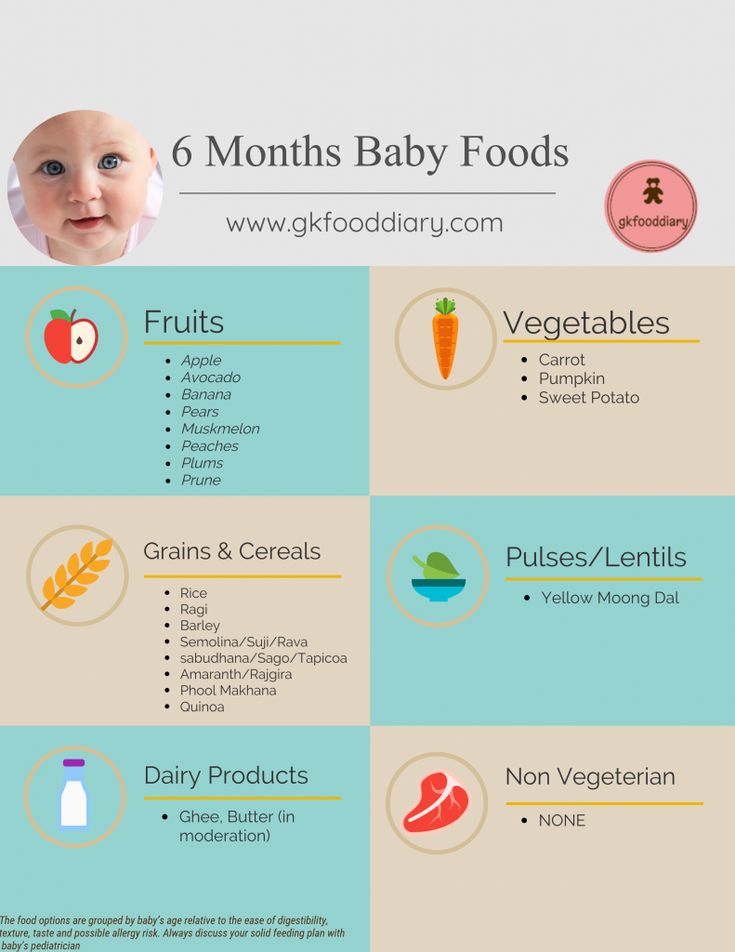 5 hours 5 hours | 6, 9.30, 13, 16.30, 20, 23.30 (without night feeding) 6, 9.30, 13, 16.30, 20, 23.30, 03 (with night feeding) |
| From 7-12 months | 5 times, every 4 hours | 6,10,14,18,22 |
A child's stay in the fresh air is essential in the daily routine. The total duration of stay in the open air for children under 1 year of age should be at least 5-6 hours a day. Fresh air has a calming effect on the baby, improves metabolic processes, and increases the body's defenses. In the summer, all games and activities should be held outdoors; in the cold and transitional seasons, two one-time walks of 1.5-2 hours are provided. nine0003
Fresh air also has a beneficial effect on sleep. By acting on the skin and mucous membranes of the nose and upper respiratory tract, it provides a faster fall asleep of the child and a higher quality of sleep. Sleeping outside can replace a walk, especially during the cold season.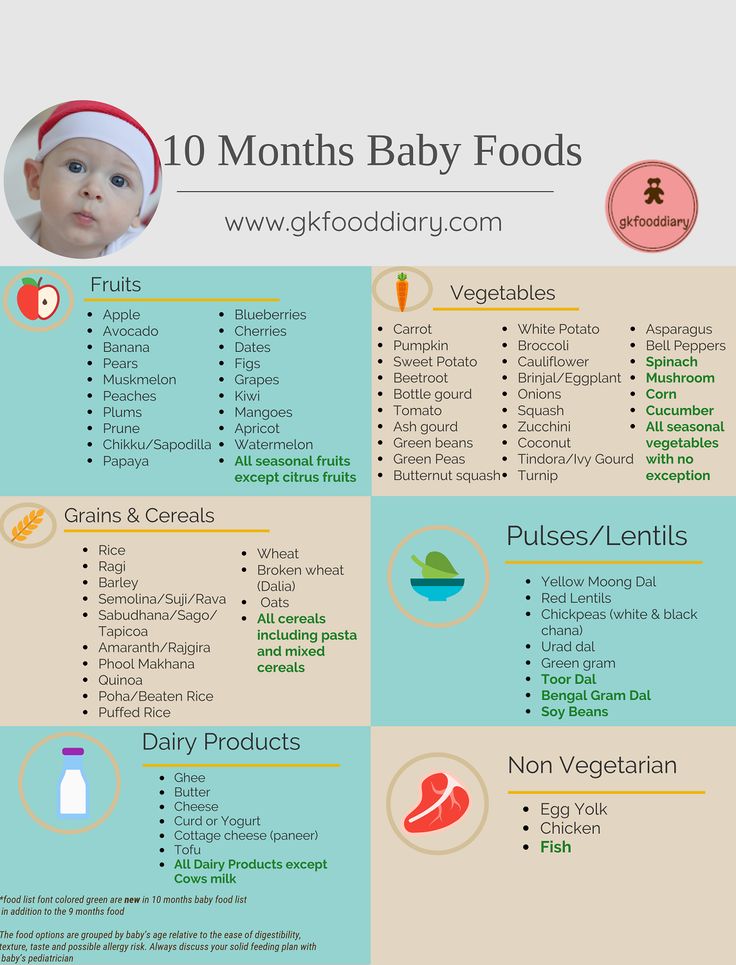
The child's daily routine is generally individual, but ideally, one should strive to ensure that the child eats after waking up, and then stays awake until the next sleep. A well-slept baby eats with appetite and then calmly and actively plays or engages, and tired of games, easily goes to sleep. nine0003
When your baby is awake, try to keep him active and cheerful. It is necessary to dress the child in loose clothing that does not hinder movement, provide access to toys appropriate for his age, and most importantly, actively participate in games and activities with the baby as a whole family.
Author - Physiotherapist - DMITRIENKO T.G.
Child Development Calendar from the Health of the Nation
The Child Development Calendar from the Health of the Nation medical center is a convenient system that tells parents by months how the baby is developing. nine0003
Child development by months
Newborn
How does the baby behave in the first weeks of life? Should I be worried if he sleeps 18 hours a day? What you need to know about the features of feeding the crumbs, and what recommendations for care should be followed?
Read more
nine0134 1 month
What happens to a child at the age of one month, how his behavior changes. Features of development and the emergence of new actions. What you need to know about nutrition, daily care. Planned visits to doctors and testing.
Features of development and the emergence of new actions. What you need to know about nutrition, daily care. Planned visits to doctors and testing.
Read more
2 months
What happens in the life of a child at the age of 2 months? What behaviors should be taken into account? The appearance of the first emotions of the baby, the development of the vocal apparatus. nine0003
Read more
3 months
What discoveries do parents expect when a child turns 3 months old? The emergence of new skills, the first conscious manifestation of emotions and desires. What you need to know about the features of feeding?
Read more
4 months
What happens to a 4 month old baby? The first serious games and interaction with the outside world.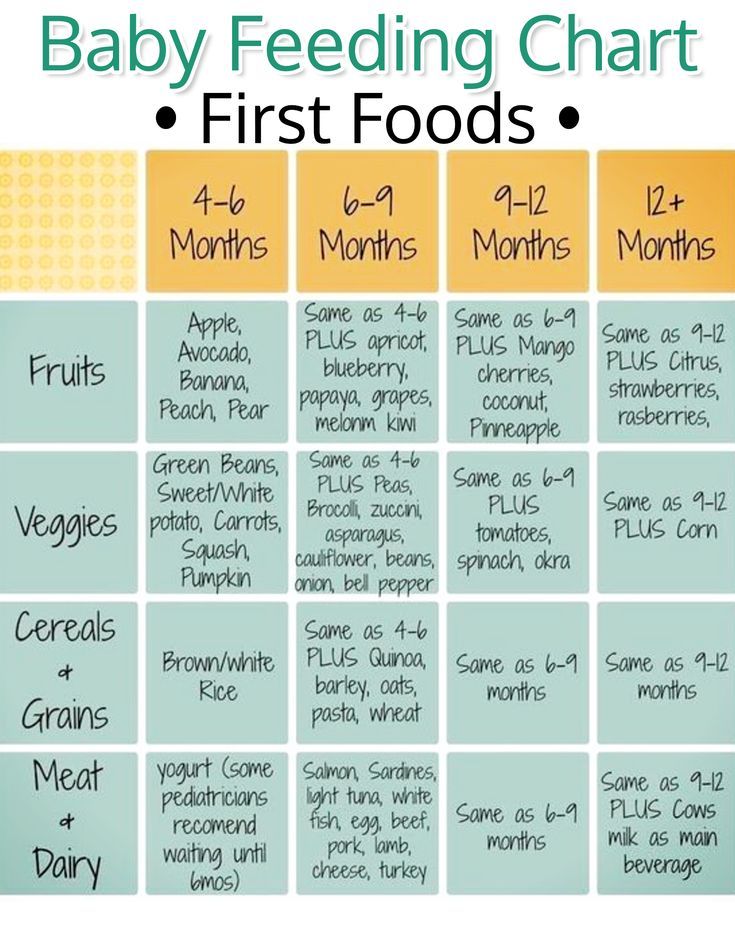 What you need to know about the features of feeding, and what recommendations for care should be followed?
What you need to know about the features of feeding, and what recommendations for care should be followed?
Read more
5 months
Transition period from horizontal position. What you need to know about the features of feeding crumbs? What should parents of a five-month-old baby be prepared for? nine0003
Read more
6 months
What did the baby learn at 6 months of age? How critical is the discrepancy with accepted norms? What you need to know about the features of feeding crumbs, how to introduce the first complementary foods?
Read more
7-9 months
What happens to a child aged 7-9 months? The baby begins to sit, crawl or even take the first steps.
